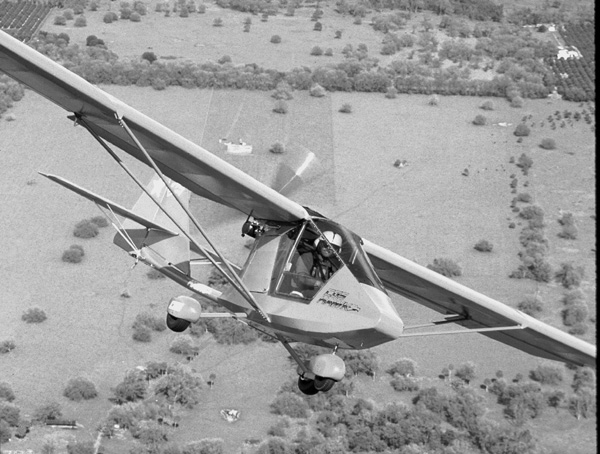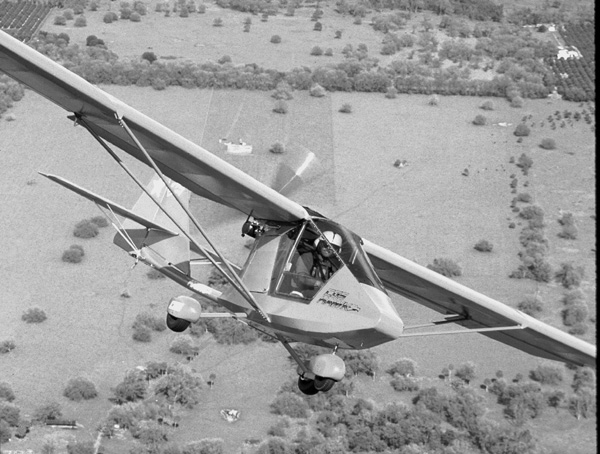
One of the ultralight industry’s longest enduring designs is the Hawk. First offered in 1982, the Hawk flies today – 15 years later! – in essentially the same form. A few years ago the Arrow name was added to a refined version (becoming the Hawk Arrow) but the basics didn’t change. The original became the Hawk Classic. So, why are we reporting on it? Two reasons quickly spring to mind. First, the plane deserves it. This is an excellent little bird that has delivered a lot of aerial fun to virtually a generation of pilots. However, new pilots enter the community between articles and these aviators need to know this design still works well today like it did way back in the early ’80s when ultralights were new on the aviation scene. Secondly, this isn’t the same Hawk. Oh, it still looks much the same. Such a statement is hardly fair, though, to the many refinements that showed up on the plane I flew for this report.












